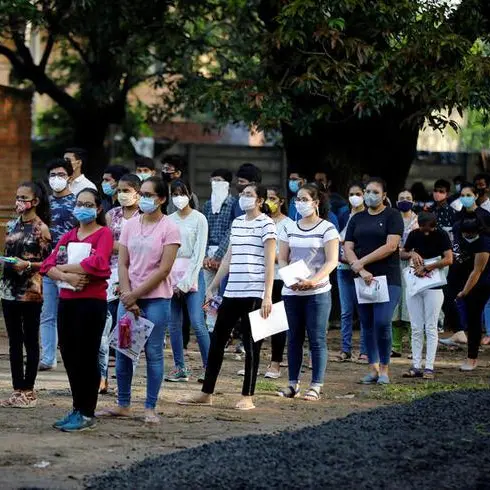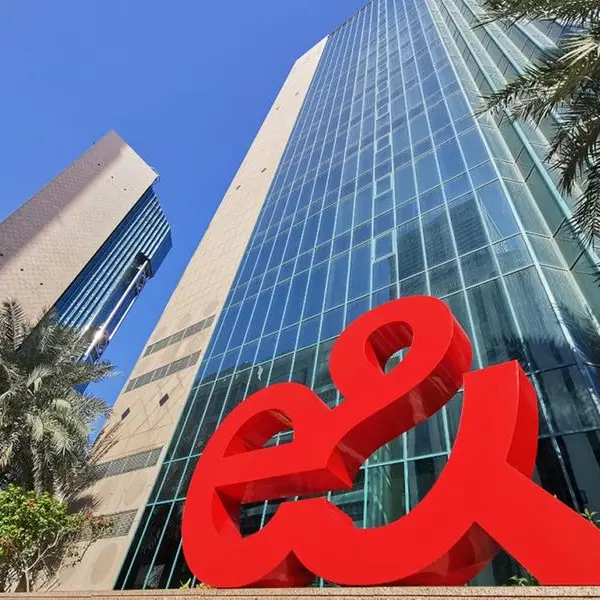01 August 2015
MUSCAT: The Authority for Electricity Regulation Oman has urged electricity firms to improve the efficiency of power distribution and supply in their respective jurisdictions aimed at cutting system losses to 9 per cent by the year 2017. The target specifically applies to the three principal distribution companies (Muscat Electricity Distribution Company, Majan Electricity Company, and Mazoon Electricity Company) that together make up the Main Interconnected System (MIS) covering much of the northern half of the Sultanate. Technical and non-technical losses reported across the MIS amounted to 11.6 per cent of total electricity supply in 2014 which, the sector regulator now wants pared down to 9 per cent within the next two years.
"Transmission, Distribution and Supply losses are a key performance indicator of efficiency and the Authority is pleased to note the continuing downward trend in losses across all three systems in Oman. With MIS losses now at 11.6 per cent (around 13 percentage points lower than the pre-restructuring level), further losses reductions are expected to occur at a lower rate. The Authority has set new losses targets for the MIS (distribution companies) as part of their price controls that (if achieved) would result in total MIS system losses of around 9 per cent by 2017," the Authority stated in its newly released 2014 Annual Report.
According to experts, technical losses occur naturally and consist mainly of power dissipation in electricity system components such as transmission and distribution lines, transformers, and measurement systems. Non-technical losses are caused by actions external to the power system and consist primarily of non-payment by customers, errors in accounting and record-keeping, and other such factors. Taking into account technical and non-technical losses reported in the Salalah System, supplying Dhofar Governorate, as well as across the Rural Areas Electricity Company (RAECO), covering areas that fall outside of the MIS and Salalah grids, system losses amounted to 11.5 per cent of total units entering electricity systems in the Sultanate in 2014, representing an improvement over the losses of 12.7 per cent recorded in 2013.
Significantly, system losses have been on the downtrend since 2005, when the electricity sector was fully restructured. Losses within the Main Interconnected System, which accounts for the lion's share of consumers in the Sultanate, declined from a pre-structuring peak of 24.6 per cent in 2004 to 19.1 per cent in 2009. Last year, technical and non-technical losses slumped to 11.6 per cent -- the lowest to date.
System losses in the MIS are projected to ease further to 10.7 per cent in 2015, with efforts under way to achieve the regulator's target of 9 per cent in 2017. The Salalah grid also posted gains in reducing system losses to 12.2 per cent in 2014, down from 14.1 per cent in 2013. The best performer was Rural Areas Electricity Company (RAECO), which slashed system losses to 9.2 per cent in 2014, down from 10.8 per cent a year earlier.
System losses represent an economic loss, which the Authority continues to successfully address through initiatives and measures designed to spur electricity companies into optimising the efficiency of transmission, distribution and supply.
MUSCAT: The Authority for Electricity Regulation Oman has urged electricity firms to improve the efficiency of power distribution and supply in their respective jurisdictions aimed at cutting system losses to 9 per cent by the year 2017. The target specifically applies to the three principal distribution companies (Muscat Electricity Distribution Company, Majan Electricity Company, and Mazoon Electricity Company) that together make up the Main Interconnected System (MIS) covering much of the northern half of the Sultanate. Technical and non-technical losses reported across the MIS amounted to 11.6 per cent of total electricity supply in 2014 which, the sector regulator now wants pared down to 9 per cent within the next two years.
"Transmission, Distribution and Supply losses are a key performance indicator of efficiency and the Authority is pleased to note the continuing downward trend in losses across all three systems in Oman. With MIS losses now at 11.6 per cent (around 13 percentage points lower than the pre-restructuring level), further losses reductions are expected to occur at a lower rate. The Authority has set new losses targets for the MIS (distribution companies) as part of their price controls that (if achieved) would result in total MIS system losses of around 9 per cent by 2017," the Authority stated in its newly released 2014 Annual Report.
According to experts, technical losses occur naturally and consist mainly of power dissipation in electricity system components such as transmission and distribution lines, transformers, and measurement systems. Non-technical losses are caused by actions external to the power system and consist primarily of non-payment by customers, errors in accounting and record-keeping, and other such factors. Taking into account technical and non-technical losses reported in the Salalah System, supplying Dhofar Governorate, as well as across the Rural Areas Electricity Company (RAECO), covering areas that fall outside of the MIS and Salalah grids, system losses amounted to 11.5 per cent of total units entering electricity systems in the Sultanate in 2014, representing an improvement over the losses of 12.7 per cent recorded in 2013.
Significantly, system losses have been on the downtrend since 2005, when the electricity sector was fully restructured. Losses within the Main Interconnected System, which accounts for the lion's share of consumers in the Sultanate, declined from a pre-structuring peak of 24.6 per cent in 2004 to 19.1 per cent in 2009. Last year, technical and non-technical losses slumped to 11.6 per cent -- the lowest to date.
System losses in the MIS are projected to ease further to 10.7 per cent in 2015, with efforts under way to achieve the regulator's target of 9 per cent in 2017. The Salalah grid also posted gains in reducing system losses to 12.2 per cent in 2014, down from 14.1 per cent in 2013. The best performer was Rural Areas Electricity Company (RAECO), which slashed system losses to 9.2 per cent in 2014, down from 10.8 per cent a year earlier.
System losses represent an economic loss, which the Authority continues to successfully address through initiatives and measures designed to spur electricity companies into optimising the efficiency of transmission, distribution and supply.
© Oman Daily Observer 2015











